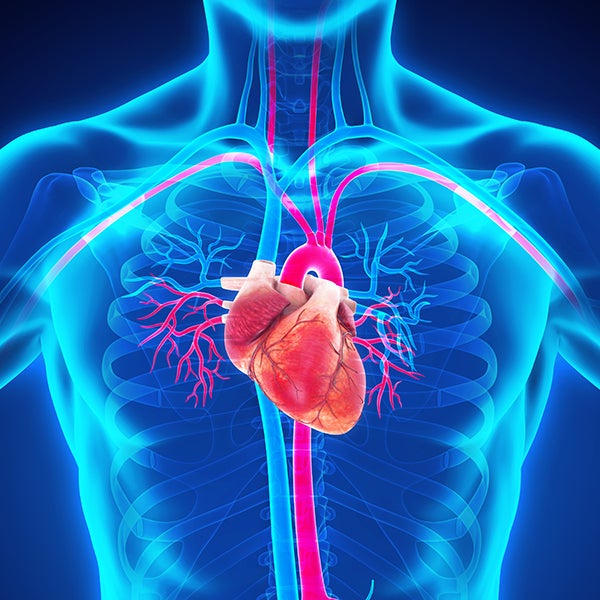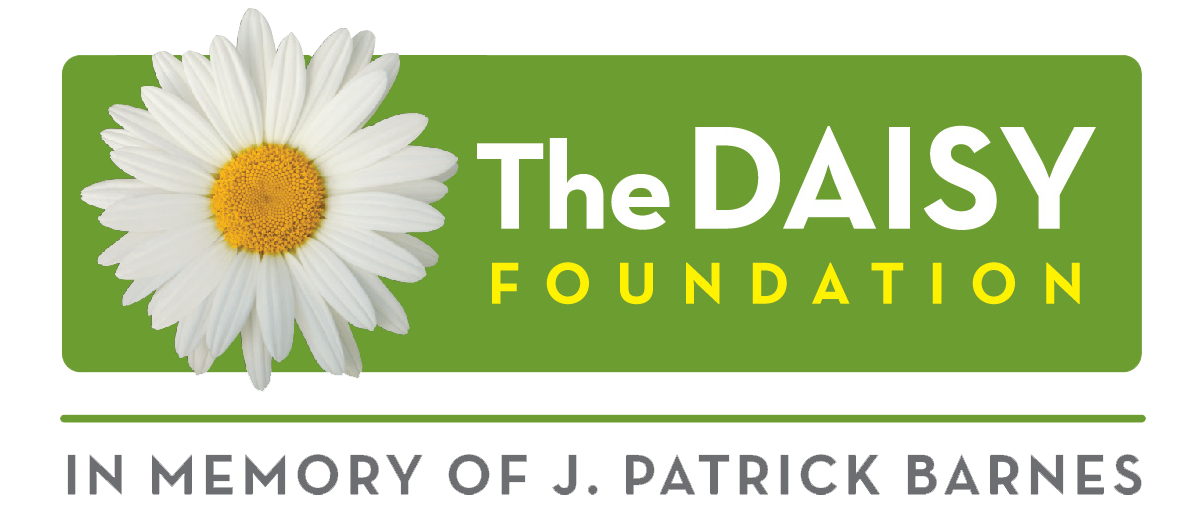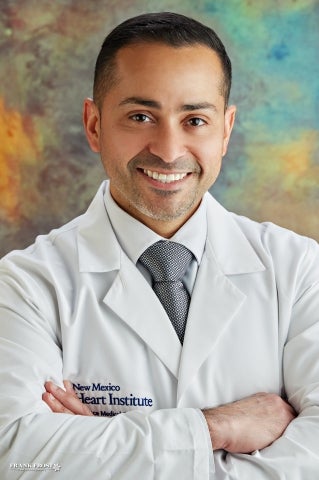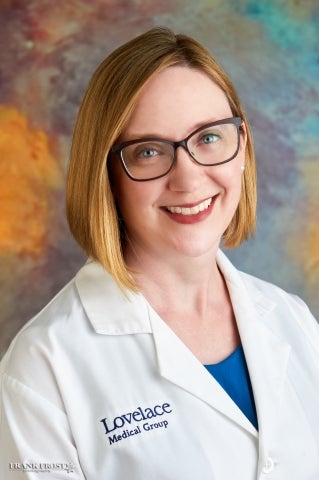What is the Aorta?
What is the Aorta?
The aorta, the body's main artery that carries blood from the heart to the rest of the body, can become damaged and weakened. When this happens, the aorta may become wider (causing an aneurysm), torn (causing a dissection), or in some rare cases, become blocked (causing a stenosis or occlusion.) Each of these cases increases the risk of a life-threatening event.

Treatments
Treatments for Aortic Diseases
Some aortic diseases can be managed with medication, frequent monitoring and adjustments to lifestyle if identified early on. In the event of a life-threatening aortic disease needing surgical treatment, you can trust that the Center for Aortic Surgery at the Heart Hospital of New Mexico and the surgeons of New Mexico Heart Institute are the best place for you or your patient to be. Our surgeons have significant experience and are highly-skilled in the most complex techniques and procedures known to treat the entire aorta and arterial branches. Our center also has a specialized cardiac anesthesia team. Should surgery need to be an option, many surgical options include minimally invasive procedures or open repair. Surgical treatment is used to replace or reconstruct the affected area of the aorta. Talk to your provider with the New Mexico Heart Institute for the best course of treatment.

Surgery Types
Types of Aortic Surgeries
The Center for Aortic Surgery at the Heart Hospital of New Mexico is one of the largest centers for surgical practice and a center for development and research. Due to the highly innovated and latest life-saving techniques, our patients have lower morbidity rates and shorter recovery times - more than any other center in the southwest. Our surgeons are world leaders for aortic surgeries, performing everything from complex valve sparing aortic arch replacements to hybrid arch replacement topercutaneous interventions for aortic dissection and thoracic endovascular aortic repair (TEVAR).
Rehab
Cardiac Rehabilitation

After any type of aortic surgery or procedure, it is our recommendation that our patients begin specialized outpatient cardiac rehabilitation to help speed our recovery and encourage living a high-quality life post recovery. This recovery typically involves exercise, nutrition, education and continued support from a team of cardiac rehab specialist.
As part of our comprehensive cardiac care, Heart Hospital of New Mexico at Lovelace Medical Center has teamed up with the New Mexico Heart Institute Foundation to provide outpatient therapy and rehabilitation to our cardiology patients. New Heart Center for Wellness, Fitness and Cardiac Rehabilitation helps our patients get back on the path to long-term recovery.
New Heart offers access to several cardiac rehabilitation programs, each based on specific heart problems and customized to each individual. Programs include customized exercise instruction, diet management, stress management, medication management, smoking cessation and focus on risk reduction. New Heart is staffed by exercise physiologists who will help individuals develop lifetime habits for good health. There is also access to a dietician for those who are interested in developing good eating habits.
Outcomes
Our Outcomes Speak for Themselves
The Center for Aortic Surgery at the Heart Hospital of New Mexico is the only one in the state, as well as being the busiest aortic surgery center in the region. Our Center regularly cares for patients throughout New Mexico, as well as all its bordering states. With a multidisciplinary approach, all of our aortic surgery patients are evaluated by our aortic surgery team which includes aortic surgeons, vascular surgeons, and cardiologists.
Over the past 5 years, the surgeons of NMHI/LMG have performed approximately 2000 aorta operations and procedures. They provide aortic surgeries that can only be done at HHNM and have started and established the first and only aortic valve repair center in New Mexico. Our surgeons dedicated expertise in minimally invasive and endovascular therapies means we utilize the latest capabilities and cutting edge technology to reduce the need for open chest surgery whenever possible to give our patients the highest outcomes and quickest recovery.










